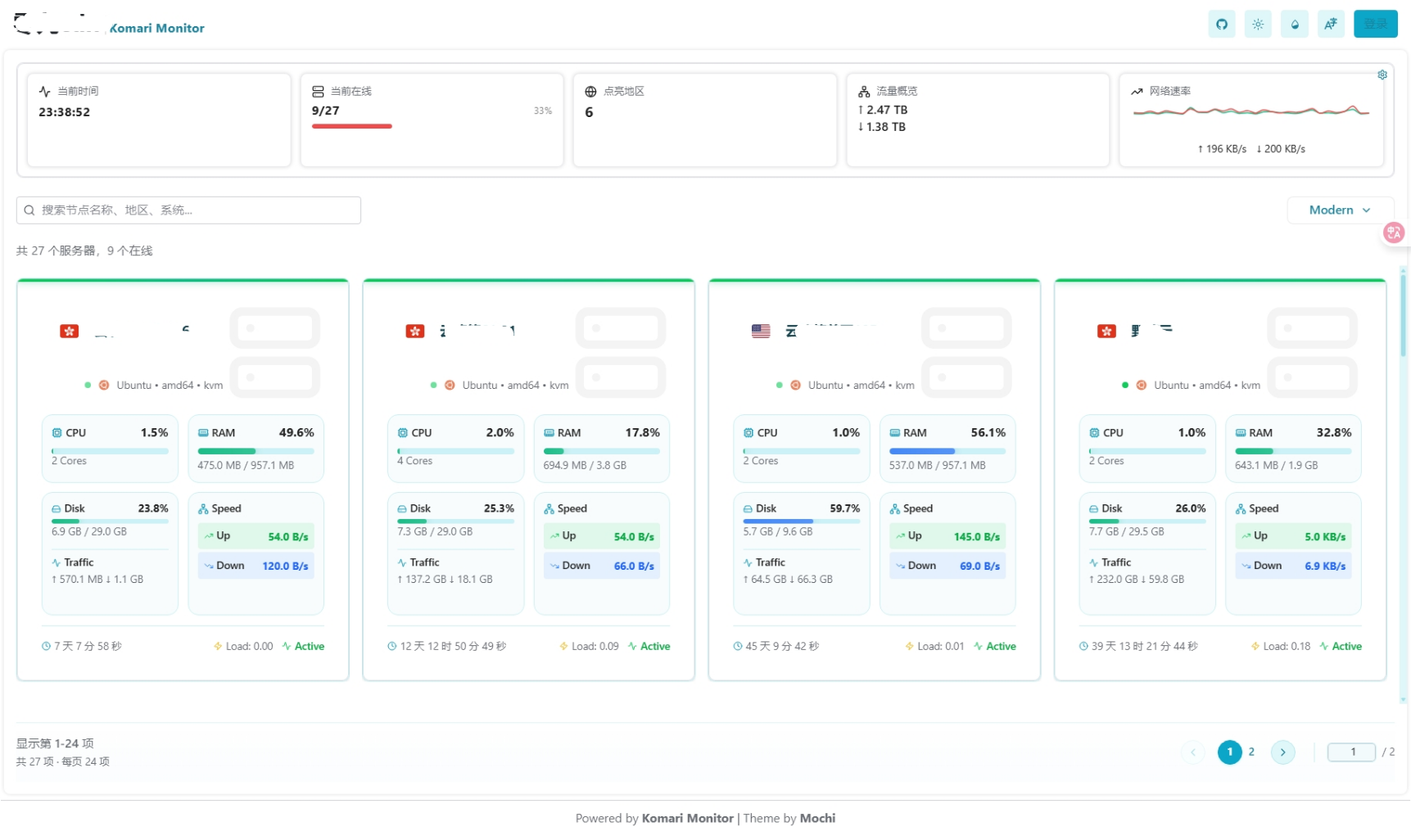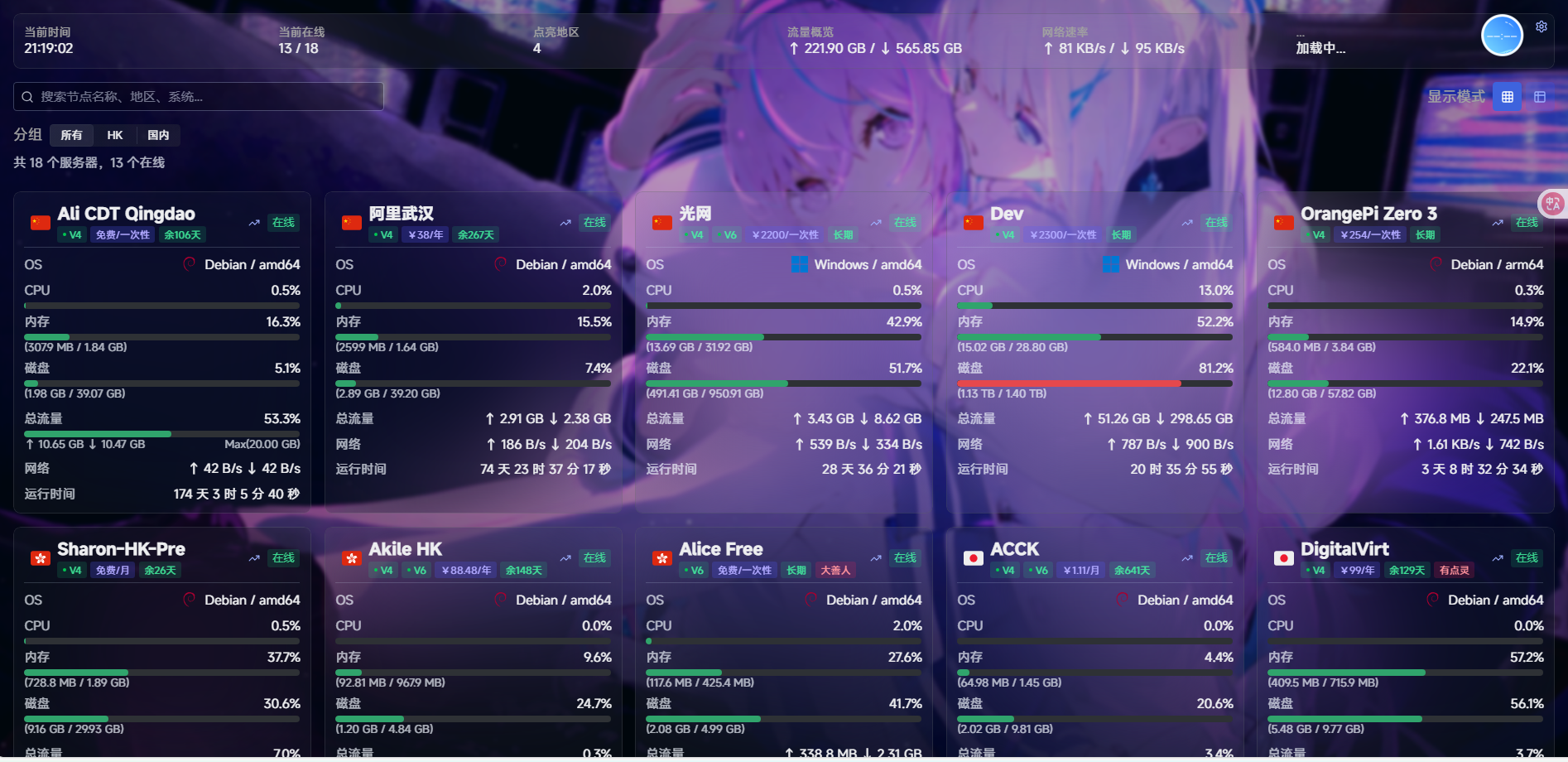© 2025 零九cdn
使用 Docker 安装 ClickHouse
宝塔安装docker 先拉取文件 Docker 拉取命令: docker pull clickhouse/clickhouse-server 然后终端输入命令 docker run -d -p 18123:8123 -p19000:9000 -e CLICKHOUSE_PASSWORD=change
15
|
0

cdn 动态加速是什么意思
CDN动态加速(Dynamic Site Acceleration, DSA)是一种专门针对实时生成、频繁变化或具有个性化特征的内容(动态内容)进行优化的技术,旨在显著提高这些内容的传输速度和用户体验。 核心区别:动态 vs. 静态 传统的CDN(内容分发网络)主要用于静态加速,即通过在全球分布式边
1
|
0

服务器行业名词扫盲
基本概念了解 🧩 基本名词解释 域名 (Domain) 网站的名字,例如 example.com。它是用来代替复杂的 IP 地址,方便人类记忆。 IP (Internet Protocol Address) 网络设备的「门牌号码」,例如 192.168.1.1 或 2001:db8::1 (IPv
2
|
0
wordpress cdn 缓存配置教程
前言:用户zibll站 配置出现 登录出现 操作失败 0 error,请刷新页面后重试 1.wordpress站点需要 先https访问 固定链接是否是https://你的站点.com 2.宝塔强制ssl关闭 cdn配置这里是这样的 3.缓存文件配置教程,不缓存php html 正则规则为:也可以自
16
|
0


页面报错-重定向次数过多
页面报错-重定向次数过多 很多用户在使用 CDN 的时候可能会遇到一个问题,打开站点提示 XXX.XXX.XXX 将您重定向的次数过多。尝试清除 Cookie. ERR_TOO_MANY_REDIRECTS 问题原因 源站开启了 HTTPS,但 CDN 控制台上配置的回源端口为 80!在这种情况下,
12
|
0


宝塔部署的服务接入 CDN 须知
2025-11-15
2025-11-15
无标签
检查域名是否绑定 宝塔中部署的站点支持域名绑定通配符,确保绑定的域名包含了在 CDN 平台中添加的域名 检查站点是否开启 SSL 如果宝塔中没有配置强制 HTTPS 回源,此步骤可以跳过。 如果宝塔中配置了 SSL,并且强制需要 HTTPS 访问,那么 CDN 站点回源就需要 HTTPS 443 回
17
|
0

Komari 是一款轻量级的自托管服务器监控工具
Komari 是一款轻量级的自托管服务器监控工具,旨在提供简单、高效的服务器性能监控解决方案。它支持通过 Web 界面查看服务器状态,并通过轻量级 Agent 收集数据。 特性 轻量高效:低资源占用,适合各种规模的服务器。 自托管:完全掌控数据隐私,部署简单。 Web 界面:直观的监控仪表盘,易于使
8
|
0


